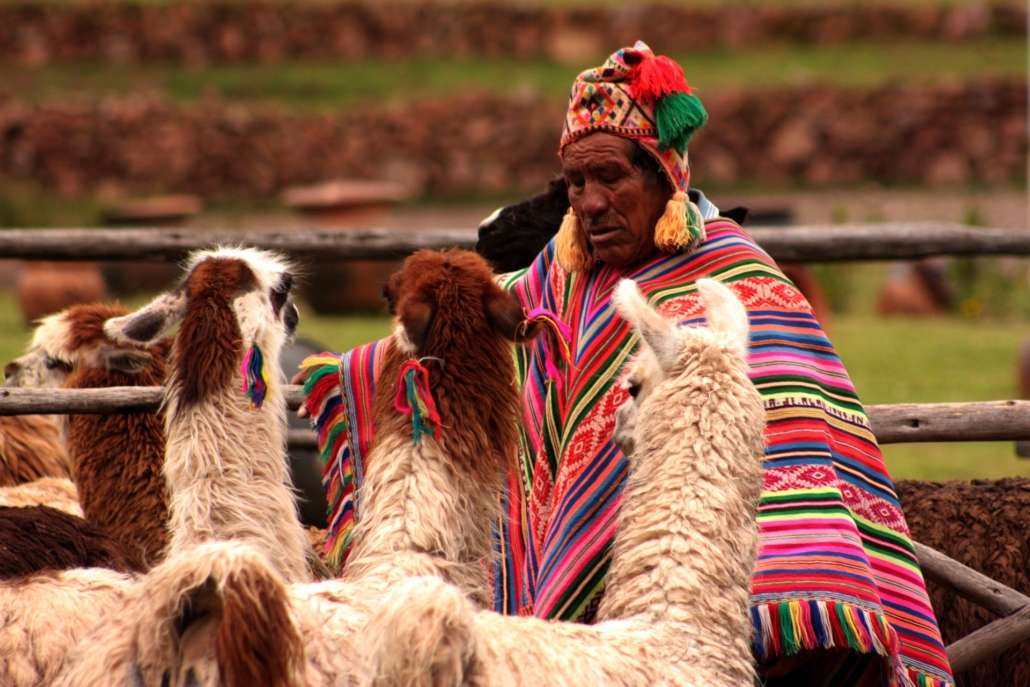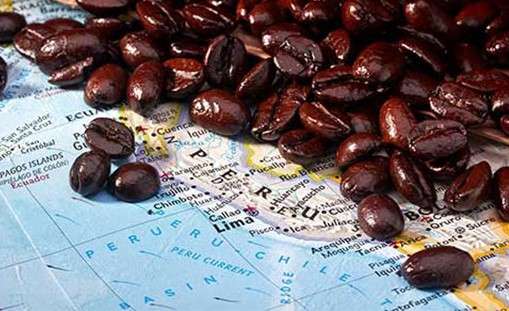Peru is quickly building a global reputation for producing traditionally cultivated, shade grown, high quality Arabica beans
Coffee production came to Peru in the 1700s. After two centuries, the heirloom typica variety still comprises 60 percent of the country’s exports. There are more than 110,000 coffee growers in Peru, most of whom are indigenous to these landscapes and speak Spanish as a second language.
The average land-holding farmer lives on two or three hectares, hours away from the comforts of electricity and running water. Peru’s coffee exports account for two percent of both the national economy and the global coffee supply¹, Peru is quickly building a global reputation for producing traditionally cultivated, shade grown, high quality Arabica beans.
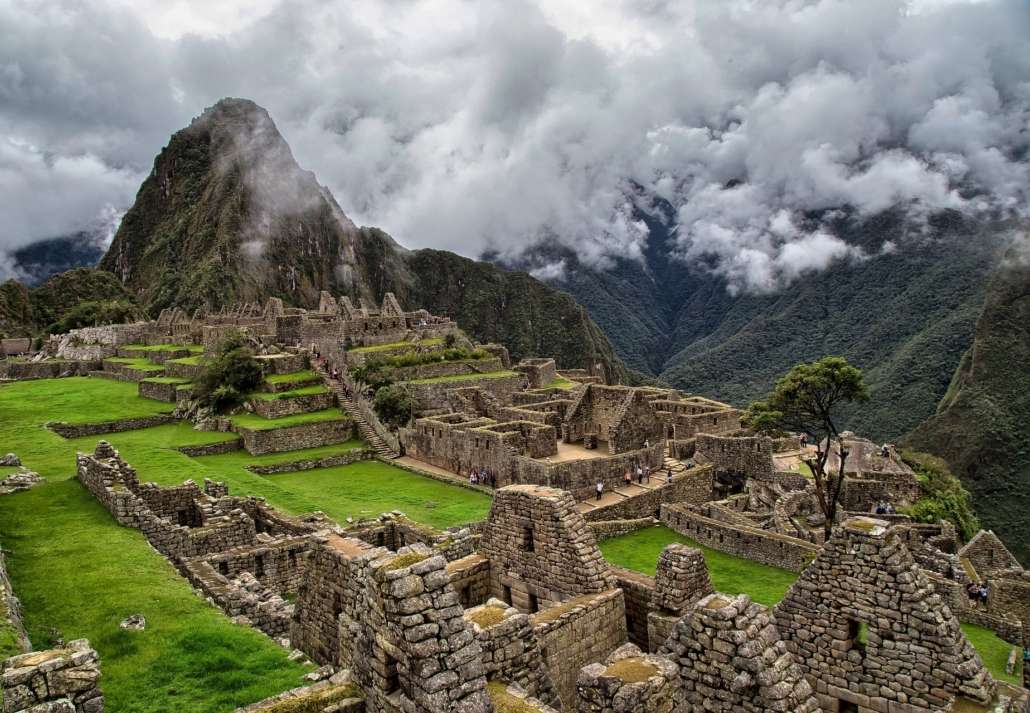
Peruvian coffee farmers’ landholdings are small, and the country’s typical micro-wet-milling operation is even smaller. From May to September, farmers pick ripe cherries and carry them to hand pulpers and wooden fermentation tanks. This tradition of micro-wet-milling has protected Peru’s water resources from the devastating effects of river-polluting pulping factories.
After processing their coffee, most farmers hike their beans by foot or mule into the nearest town—a trip that can take anywhere from thirty minutes to eight hours. On Saturdays, the plaza of the closest town becomes a buying and selling station for the surrounding remote coffee growers. Farmers sell their coffee and buy goods for their homes before heading back up the mountainous foot trails.
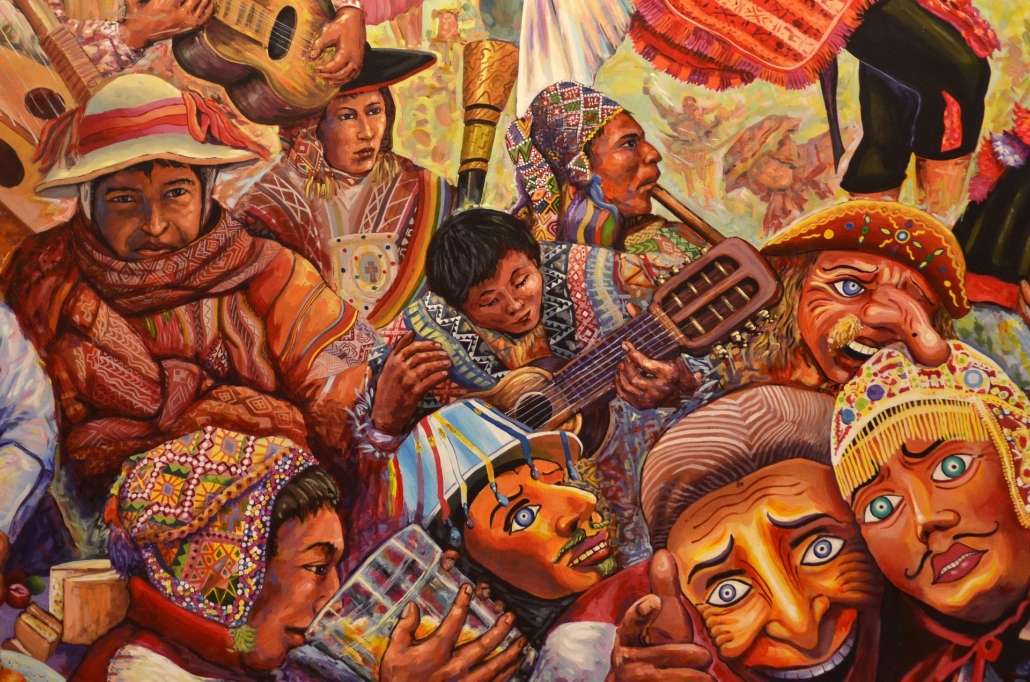
Peru is rich in diversity. From the Amazon jungle to golden beaches, from the soaring Andes mountain range to one of South America’s largest lakes, it has a huge variety of landscapes and climates. And the same could be said for its coffee. Peru is the world’s 11th-biggest coffee producer, but it offers far more than just quantity. It has ten coffee regions, a total of 87 percent of Peruvian coffee is grown in the regions of San Martín, Cajamarca, Junín, Amazonas and Cusco. Above you can see a traditional Cusco painting from the region. Peruvian coffee consists exclusively of the Arabica type, 70 percent of which is Typica and 20 percent Caturra, while the remaining 10 percent is distributed among other varieties.
Our friend Robert Angel Torres Perez has shared with us this article about the history and the coffee of “Coffee Peru Trading”.
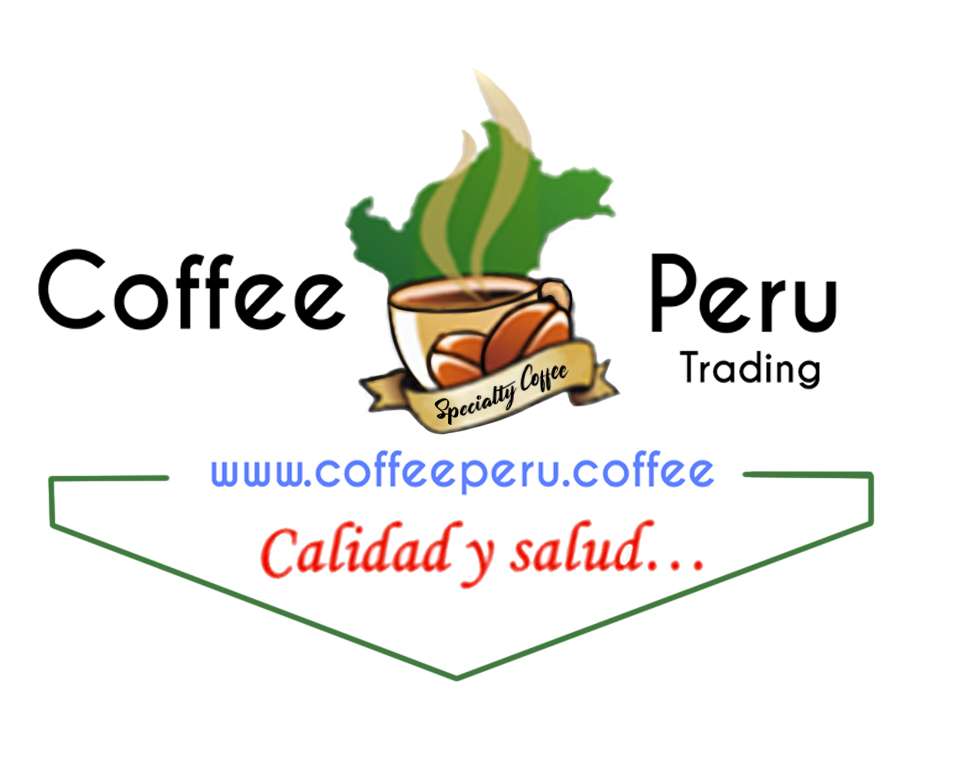
Coffee Peru Trading is born from its deep roots in the lives of small coffee producers and transmitted through four generations of the Torres family.
Given the dangers of water to the children of the Torres family, I decided to install the family in the high zone, commonly known as “fog forests” and currently identified by the archaeologist Dr. Federico Kauffmann Doig in his studies as part of the region of the Amazonian Andes of Perú. Here Mariano Torres Vázquez acquired a hacienda of more than 5,000 hectares. Starting at 1,200 metres above sea level it rises up to 2,000 m. around the hill Shipago, where the Chepa mother lived, part of the area where the cultivation was developed.
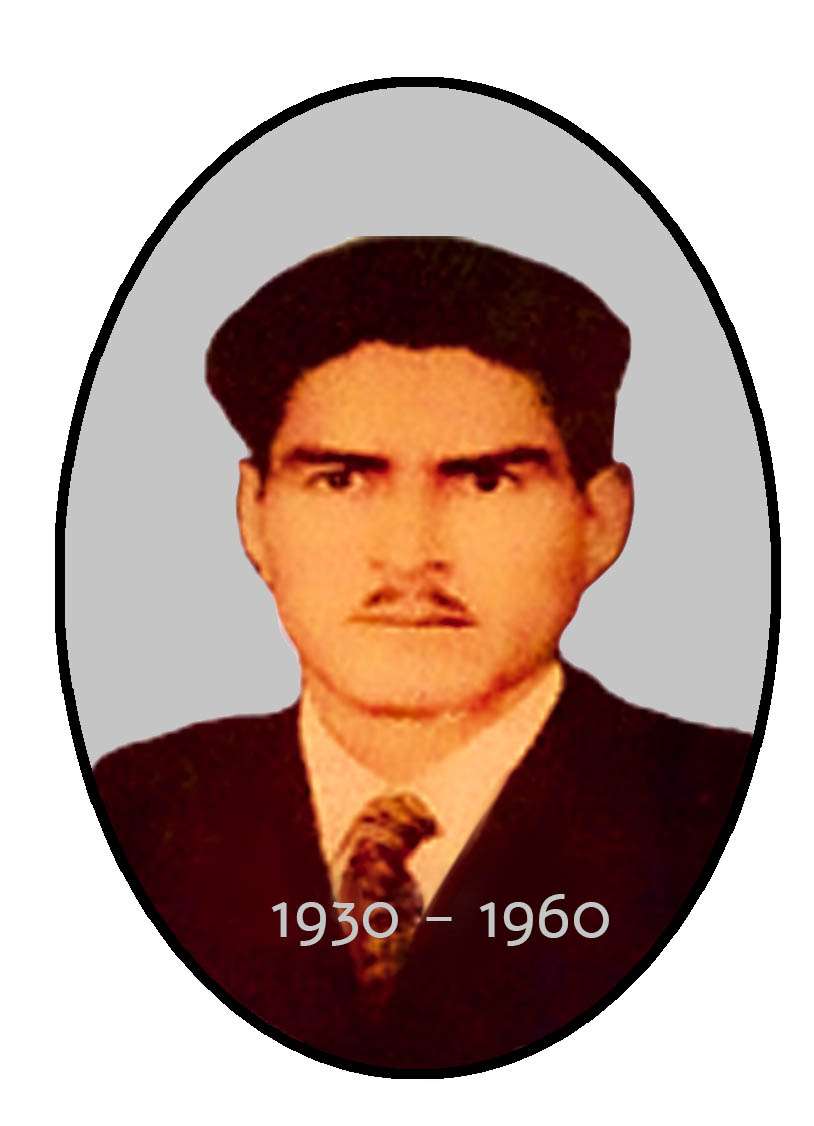
Because she was a believer she christened it THANKS BE TO GOD. She started a as a small coffee producer, living like thousands of coffee farmers the odyssey of a small farmer resigned to her fate, educating her children and transferring to them her manifold experiences. The cycle concludes in 1970.
In 1970, Luis Torres Chávez, the eldest of the 15 brothers, headed the second generation, taking on the experiences and leadership of his father, and expanding within the hacienda THANKS BE TO GOD the cultivation of coffee in two sectors: FINCA EL EDEN of 15 hectares, and FINCA GRAMALOTE, also of 15 hectares. Together the brothers came to cultivate 75 hectares, thereby reaching an annual production of 2,250 quintals of coffee in the Amazon region.
Coffee Peru Trading began in 1993, actively promoting inclusion in the international market through the association of small coffee producers in the regions of Cajamarca, Amazonas and San Martin in order to help improve the living conditions of all those involved.
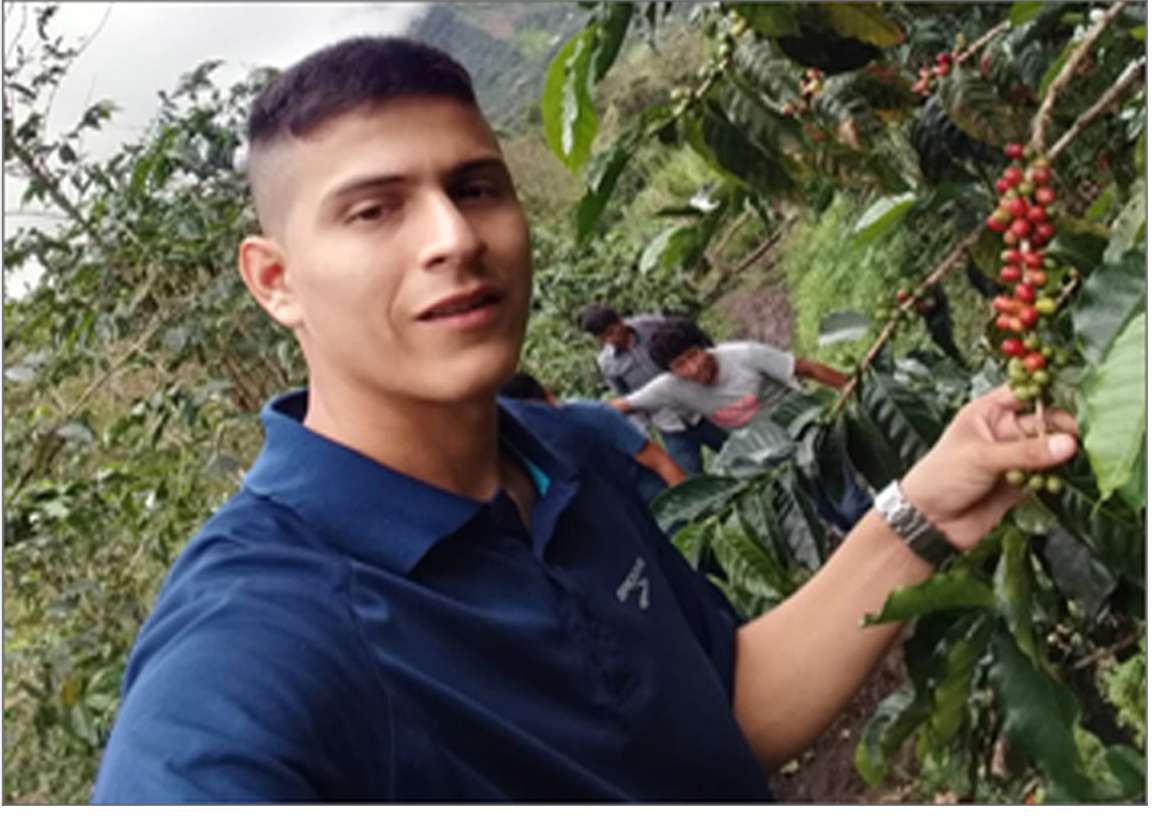
The firm is constituted by the fourth generation of the family, today known as Torres Pérez (as seen in the picture), young people who, in addition to their academic and professional training, have absorbed the experiences transmitted through the Torres family from generation to generation. They have been trained in the production of high quality sustainable coffee, in innocuousness and multiculturalism as a development perspective, and have been acquiring knowledge of coffee through family talks so as to develop a business model genuinely responsible to its social roots.
It strengthens corporate, technical and commercial sustainability, in order to achieve a viable supply chain of specialty coffees differentiated by their cup quality from other coffees with multiple certifications in Peru.
It exports special coffees distinguished by their high cup quality, such as:
![]() COFFEE CHACHAPUYOS
COFFEE CHACHAPUYOS
![]() COFFEE CONSERVACION
COFFEE CONSERVACION
![]() COFFEE GOURMET DEL CHIPAGO
COFFEE GOURMET DEL CHIPAGO
![]() COFFEE WARMY KORY
COFFEE WARMY KORY
![]() COFFEE KIDS
COFFEE KIDS
![]() COFFEE PUKAMUROS
COFFEE PUKAMUROS
COFFEE CHACHAPUYOS
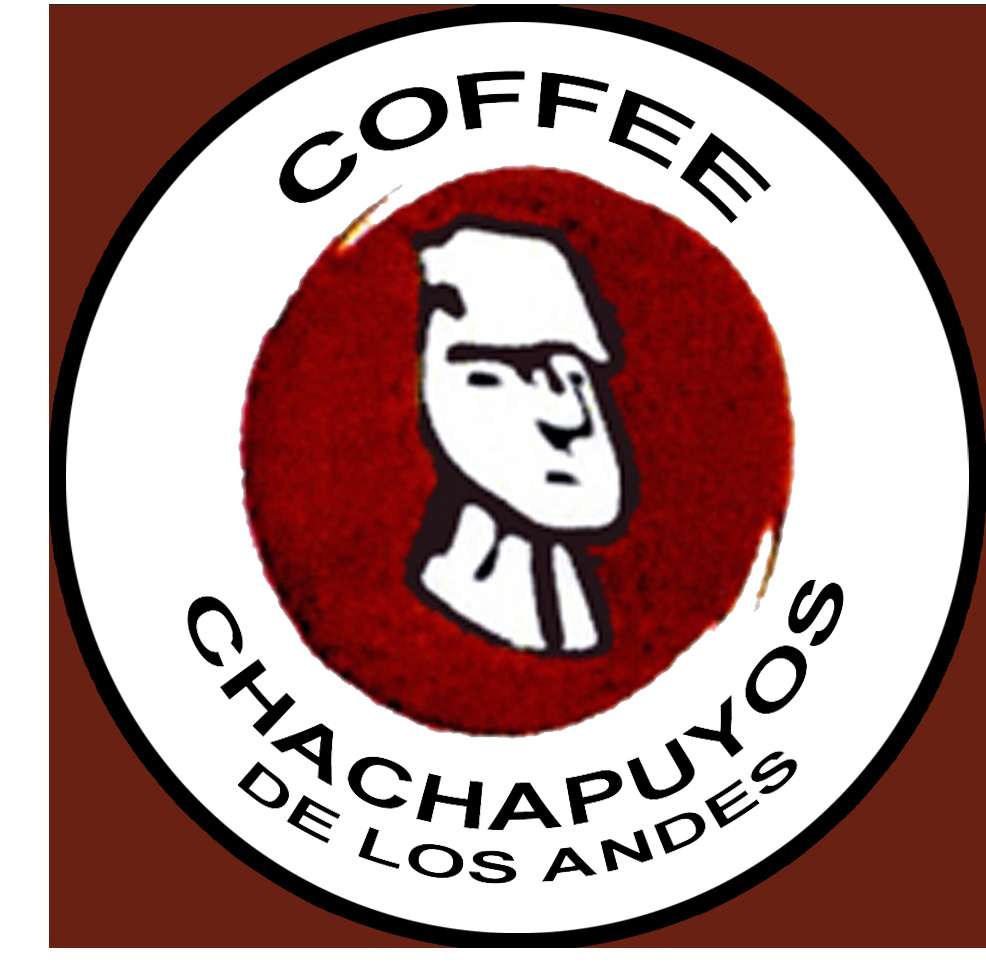
It has its origin in the coffee region of the Amazonian Andes, where the ancient cultivation known also as Men of Clouds developed, with its historical legacy the citadel of Great Pajaten and Kuelap, called “Machu Picchu del Norte”. Mariano Torres Vásquez, like many peasants, told us that when he arrived in the Amazonian Andes in 1930, also known as cloud forests, they found native coffee plants in the forest, and by observing they realised the value of birds in nature. Mariano Torres Vásquez said that little by little they became experts in cultivating coffee and taking care of nature. It is here that the innocuous COFFEE CHACHAPUYOS, with its special sweet flavor, quality and health, is born.
Sensory features:
Clean, fresh cups, light sweet panela fragrance, light chocolate aromas, medium tangerine citric acidity, medium body
Visual characteristics:
Physical appearance of the grain in greenish coloration
Type of coffee:
Arabica, washed and dried in the sun
Score SCA:
Up to 84
Special variety or type: Caturra, Catimor and Bourbon
Country: Peru
Region of origin: Andes Amazónicos
Harvest period: from March to December
Location: San Ignacio
Annual production: 1,925.00 69kg bags
Range of altitudes: 1,600 – 1,800 m.a.s.l.*
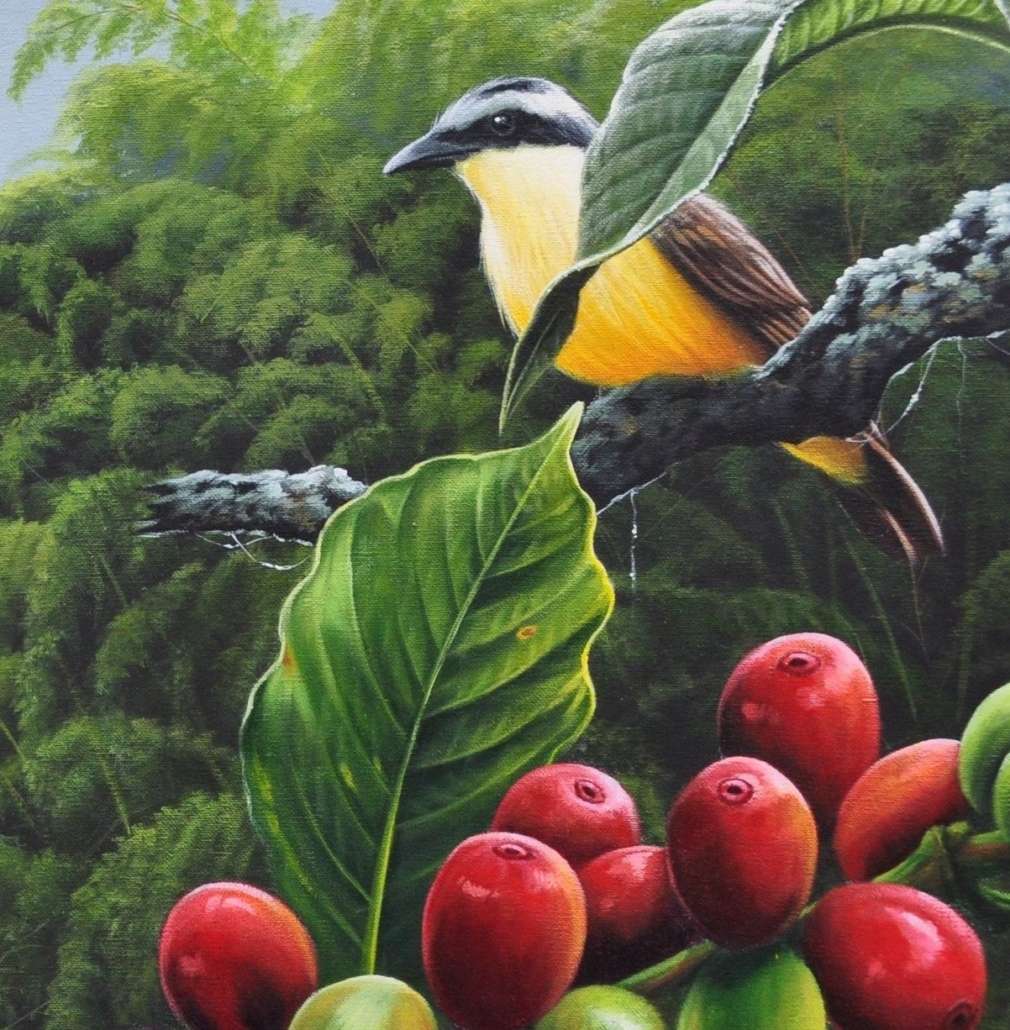
COFFEE CONSERVACION
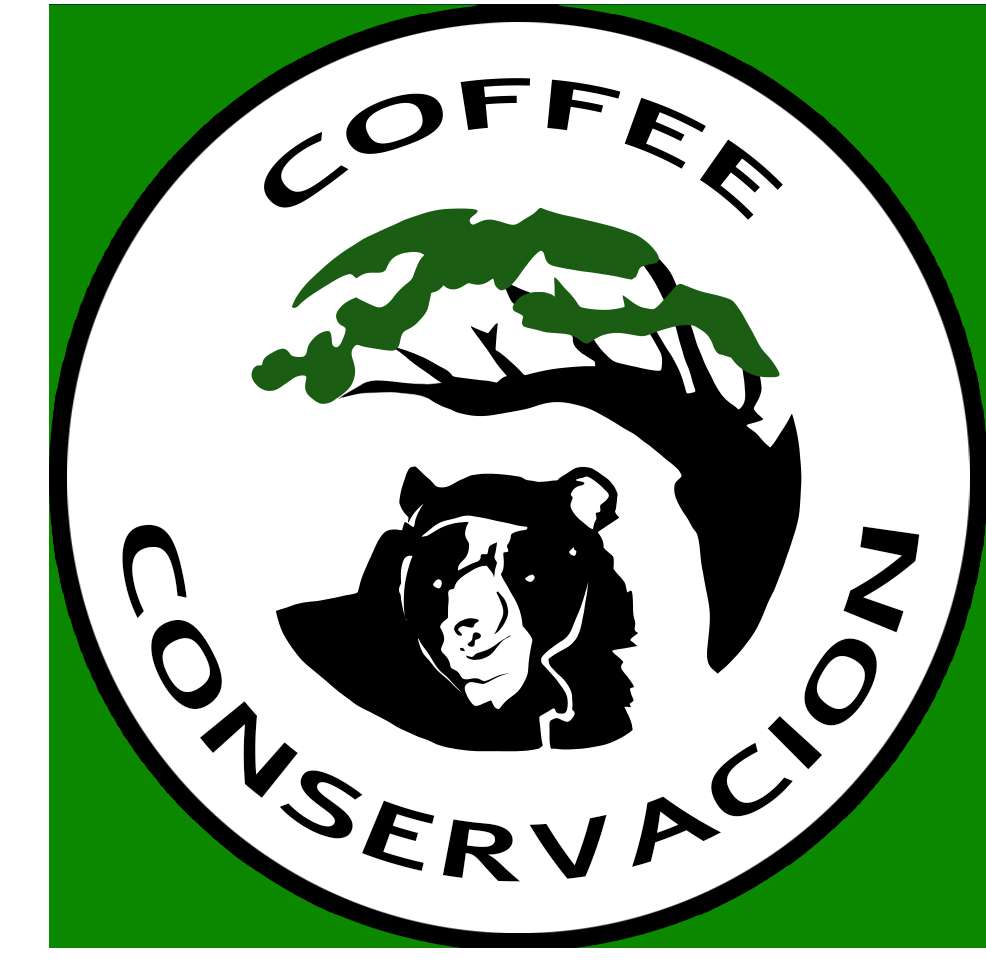
It is cultivated in the buffer zone of the Colan mountain range, known as the enigmas forest, located in the districts of Aramango and Copallin in the province of Bagua Capital and in the district of Cajaruro in the province of Utcubamba, in the Amazon region of Peru.
COFFEE CONSERVACION practises productive agriculture, conservation of biodiversity and human development. COFFEE CONSERVACION is technically assisted by the ONG ECRAID PERU to fulfil the expectations of the subscribers with activities compatible with the forest, strengthening the capacities of the local populations so that they are architects of their own development, managing to make them valued and visible to the conscience of the authorities, the population and the entire world.
Sensory features:
Clean, fresh cups, light sweet panela fragrance, light chocolate aromas, medium tangerine citric acidity, medium body
Visual characteristics:
Physical appearance of the grain in greenish color
Type of coffee:
Arabica, washed, sun dried
Special variety or type: Tipyca, Caturra
Country: Peru
Region of origin: Andes Amazónicos
Harvest period: from June to September
Location: Amazonas
Annual production: 1,925.00 69kg bags
Range of altitudes: 1,600 – 1,800 m.a.s.l.*
COFFEE GOURMET DEL CHIPAGO
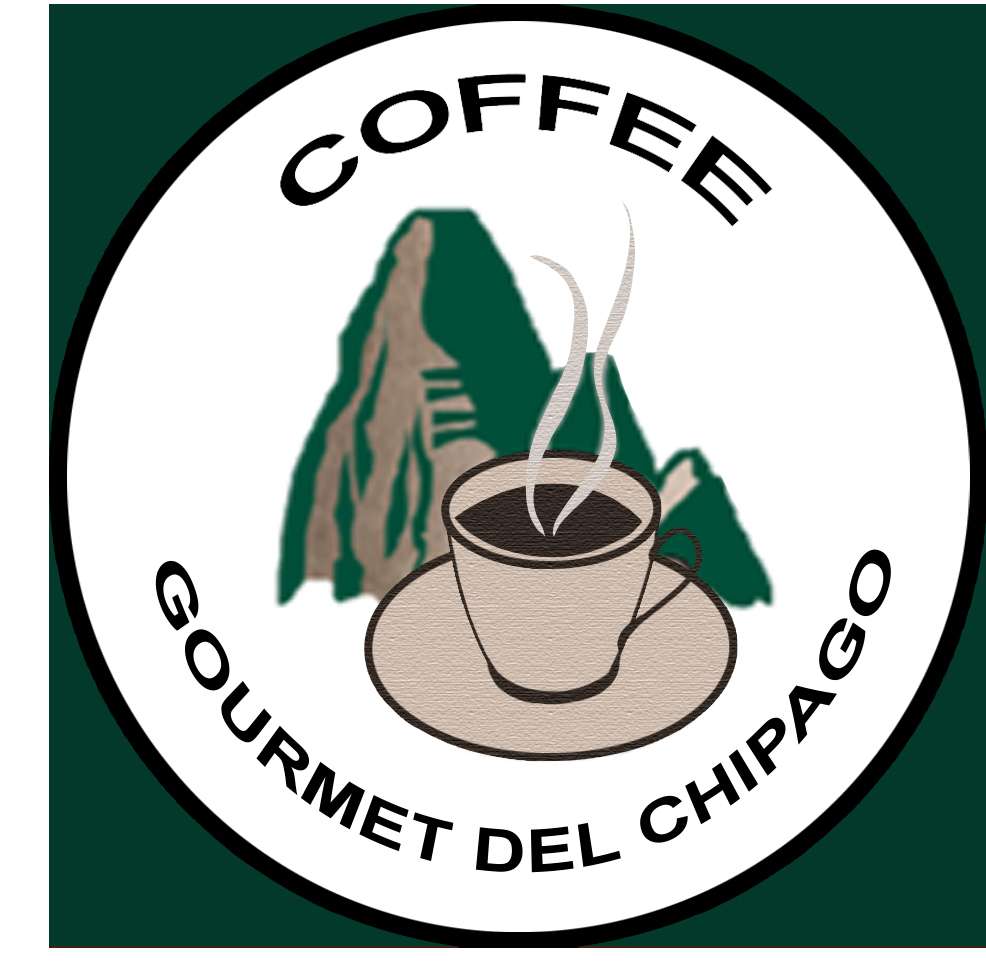
It is cultivated in the GRAMALOTE FINCA that includes the Marañón River basin and its tributaries in the department of Amazonas. FINCA GRAMALOTE has technical assistance for sustainable and safe coffee, guarantees traceability, quality and health. COFFEE GOURMET DEL CHIPAGO of citrus and bright flavors.
Sensory features:
Clean, fresh, floral aromas, sweet panela, citrus tangerine, medium body with hints of green and bright apple
Visual characteristics:
Greenish raw green grain appearance
Type of coffee:
Arabica, washed, sun dried
Score SCA:
Up to 84
Special variety or type: Tipyca, Caturra, Borbón
Country: Peru
Region of origin: Andes Amazónicos
Harvest period: from June to September
Location: Cajamarca
Annual production: 1,925.00 69kg bags
Range of altitudes: 1,600 – 1,800 m.a.s.l.*

COFFEE WARMY CORY

It means “Golden Woman” and has its origin in the coffee region of the Amazonian Andes, which includes part of the departments of Piura, Lambayeque, Cajamarca, Amazonas and San Martín del Peru. COFFEE WARMY CORY is diligently produced by indigenous and mestizo women under the shade of native trees, and is associated with the cultivation of coffee with its organic fertilizer practices, using clean water for pulping and washing.
This is how COFFEE WARMY CORY was born, a special coffee grown and handled delicately by female hands. It is a quality coffee, safe and healthy for socially and environmentally responsible consumers.
Sensory features:
Clean, sweet cups, balanced acidity and medium body, light chocolate flavor and delicate
Visual characteristics:
Greenish raw green grain appearance
Type of coffee:
Arabica, washed, sun dried
Score SCA:
Up to 84
Special variety or type: Tipyca, Caturra, Bourbon
Country: Peru
Region of origin: Andes Amazónicos
Harvest period: from June to September
Location: Cajamarca
Annual production: 1,925.00 69kg bags
Range of altitudes: 1,600 – 1,800 m.a.s.l.*
COFFEE KIDS

It has its origin in the coffee region called the Amazonian Andes of Peru, which includes part of the departments of Piura, Lambayeque, Cajamarca, Amazonas and San Martin. It is produced by young coffee growers between the ages of 18 and 23, implementing safety procedures for quality cultivation to obtain coffee suitable for consumption by children, guaranteeing their consumers both quality and health.
In conjunction with the ONG ECRAID PERU, the alliance promotes the rural school for Young Coffee Growers, providing agri-environmental technical assistance and fostering the entrepreneurial spirit of young coffee farmers to overcome the bottlenecks that restrict their development.
Sensory features:
Clean, fresh cups, light sweet panela fragrance, light chocolate aromas, medium tangerine citric acidity, medium body
Visual characteristics:
Physical appearance of the grain in greenish color
Type of coffee:
Arabica, washed, sun dried
Special variety or type: Tipyca, Caturra
Country: Peru
Region of origin: Andes Amazónicos
Harvest period: from June to September
Location: Amazonas
Annual production: 1,925.00 69kg bags
Range of altitudes: 1,600 – 1,800 m.a.s.l.*
COFFEE PUKAMUROS

It has its origin in the coffee region of the Andes of Cajamarca, where the Pukamuros culture reached. The word means “men painted red”. They were formidable warriors: the Incas could not conquer them, neither could the Spanish. Moreover, they were excellent swimmers crossing, in their search for the cashew, the river known as the “golden serpent”, whose historical legacy is the value of sacrifice in defence of their lands.
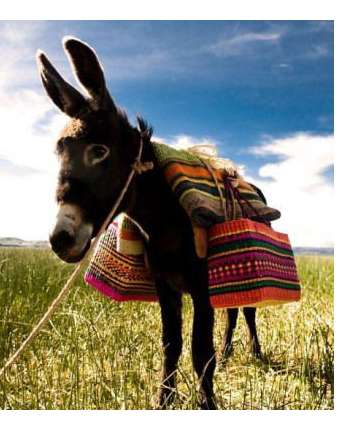
Luis Torres Chávez, like many peasants, told us that when he traveled from the Andes of Amazonas to the Andes of Cajamarca, his native land, they did so between eight (8) to ten (10) days, on foot or by mule, and when crossing the Marañón River, the most mighty in Peru, they came to understand the value of sacrifice to the survival of the Pukamuros. He says that this fact changed the lives of the peasants of that time and, left to their own devices, gave them the courage not to abandon their lands and to continue to grow coffee in extremely harsh conditions.
Luis Torres Chávez said that during the days of walking with their families and herds of mules carrying coffee, the peasants told their stories, tales, legends and heroic deeds of the brave Pukamuros. This filled them with pride and courage, the courage that kept the Coffee producer of that time. The Pukamuros became the spirit of the peasants’ lives.
Sensory features:
Clean, fresh cups, light sweet fragrance / aroma of brown sugar, light citrus to orange and light medium chocolate body
Visual characteristics:
Greenish raw green grain appearance
Type of coffee:
Arabica, washed, sun dried
Score SCA:
Up to 84
Special variety or type:Tipyca, Caturra, Bourbon
Country: Peru
Region of origin: Andes Cajamarca
Harvest period: from June to September
Location: Cajamarca
Annual production: 1,925.00 69kg bags
Range of altitudes: 1,600 – 1,800 m.a.s.l.*
*m.a.s.l. = meters above sea level
COMMERCIAL SUSTAINABILITY
In accordance with its corporate philosophy of Social Responsibility, Coffee Peru Trading seeks at all times to maintain technical and commercial corporate sustainability, loyalizing clients in the international coffee market and in Perú formalizing commitments with the individual and organized producers in associations, cooperatives, SMEs, peasant and native communities.
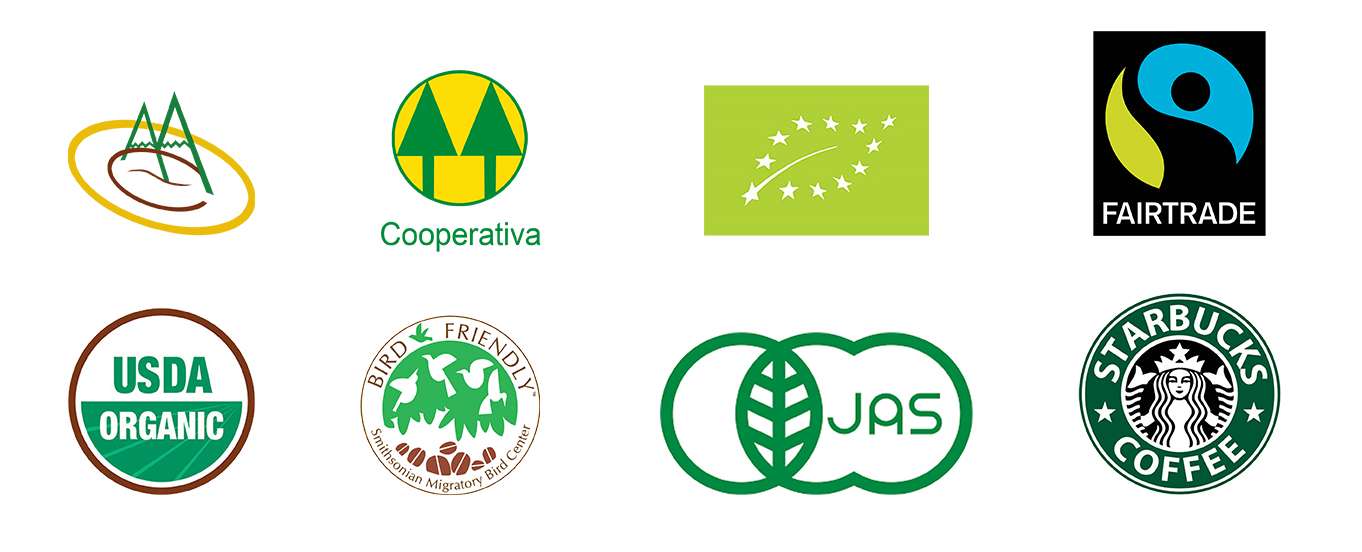
Differences in altitude and different microclimates favour a wide variety of different flavours. The total score of 91 points according to the Cupping Score of the SCA (Specialty Coffee Association) proves that Peru is able to produce high-quality coffee and to position itself internationally as a coffee-growing country. Since 2016, Peru has therefore regularly participated successfully in the world-renowned “Cup of Excellence” competition for speciality coffee. In the coffee world, this is the highest award a coffee can receive².
Sources:
- Walsh, J. 2004 Fair Trade in the Fields: Outcomes for Peruvian Coffee Producers. Masters Thesis. City Planning. MIT, Mass.
- https://peru.info/en-us/foreign-trade/news/7/29/peru—portrait-country–at-world-of-coffee-2019
